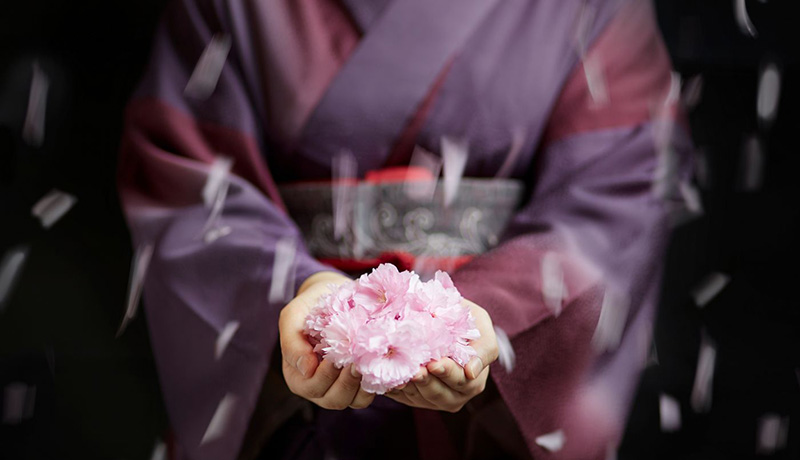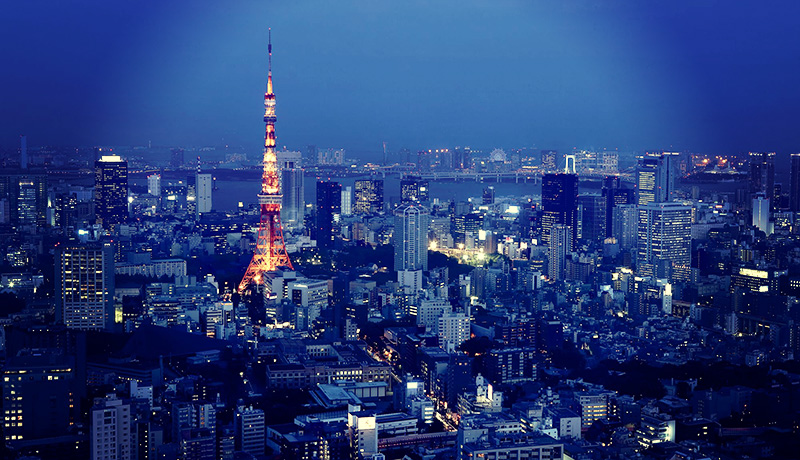
From swoon-worthy sushi to sumo wrestling and stellar shopping, Tokyo is endlessly fascinating, but this mega-municipality of more than 13 million people can befuddle even the most seasoned travelers.
Don’t worry, though. We talked with three of the city’s most-connected experts — the concierges at three Forbes Travel Guide-rated hotels — and got their insider tips on navigating Japan’s capital.
Things to do outside the typical tourist attractions
Masako Ito, chief concierge at the grand Forbes Travel Guide Four-Star The Ritz-Carlton, Tokyo, says that she and her staff can arrange several out-of-the-ordinary experiences around the city.
Do you want to learn more about sumo wrestling? The hotel, which occupies the upper floors of the 53-story Midtown Tower in the Roppongi district, has a connection with a sumo stable, a training facility for the wrestlers; the concierge can schedule you a visit to watch a training session.
If you want to learn the proper way to wear a kimono, The Ritz-Carlton concierge can connect you with a professional “kimono lady” at a local rental shop. She’ll teach you how to dress in the traditional Japanese garment, an extensive rite that can take an hour or more.
Another idea, this one from Miki Saito, chief concierge at the elegant Four-Star Shangri-La Hotel, Tokyo, is to take a private cooking class. The staff at the 200-room oasis can arrange an experience that starts with a guided tour of the Yanaka district, an old-style shopping street. Then you’re welcomed into a private home for a cooking lesson and dinner.
Getting around town
Saito suggests taking public transit. The city’s network of subways and rail lines can be complicated, but it’s often faster and cheaper than taking a taxi. Purchase a rechargeable electronic fare card at any subway or rail station so you don’t have to calculate your fare for every ride; the system will tell you when you need to recharge it.
But try to steer clear of the trains during the morning and evening rush hours. Ito notes that the metro is particularly jammed between 8 and 9 a.m. and again from 5 to 6 p.m.
Must-know cultural tips
Ito says that, in a business setting, it’s important to exchange business cards. To show respect, present and receive a card using both hands. If you don’t have Japanese-English name cards, your hotel can usually make up a batch for you.
Don’t talk on your mobile phone in the subway or train, she says. Wait until you’re outside before dialing or answering. Make an orderly line when you’re boarding a train. On escalators, stand on the left and walk on the right — the opposite of the North American custom.
Restaurant etiquette advice
Saito cautions that you should always be on time, particularly if you’ve booked a meal at a sushi restaurant. Chefs anticipate guests’ arrival to ensure that everything can be served at the proper temperature, and your reservation may be canceled if you’re even 10 minutes late.
And if you want to snap a photo of that exquisitely plated maki? Ask first. Many high-end restaurants don’t like it when guests take photos of the food, since it can disturb the proper timing and temperature of the dishes.
Unexpected dining treats
Marie Antoinette Mori, chief concierge at the historic Four-Star Tokyo Station Hotel, recommends trying wagashi (traditional Japanese sweets). Inside the hotel, which opened in 1915, is a branch of Toraya, a confectionery shop founded in Kyoto back in the 16th century. You might sample yanta, a sugary jellied bean paste, or higashi, a sculpted treat made from glutinous rice flour and sugar.
Saito suggests visiting the food halls in the basements of Tokyo’s big department stores. Known as depachika, these take-away cornucopias sell perfectly prepared and packaged foods to go. One of the best is at Isetan in the Shinjuku district.
She also advises a stop at the Daimaru department store at Tokyo Station, which has a restaurant floor that’s great for a casual meal. You can choose from several different eateries, each specializing in a specific type of food, from sushi to noodles or tempura.
Scoring reservations to top restaurants
Ask your concierge, Saito says. But don’t wait until the last minute. You’ll have the best chance of getting your first choices if you email your concierge at least two months in advance.
Under-the-radar drinking spots
At Bar Oak, the tiny wood-paneled cocktail lounge at The Tokyo Station Hotel, bartender Hisashi Sugimoto has been mixing drinks since 1958. Mori recommends his signature Tokyo Station cocktail, a citrus-scented blend of Tanqueray gin, Suze and grenadine.



